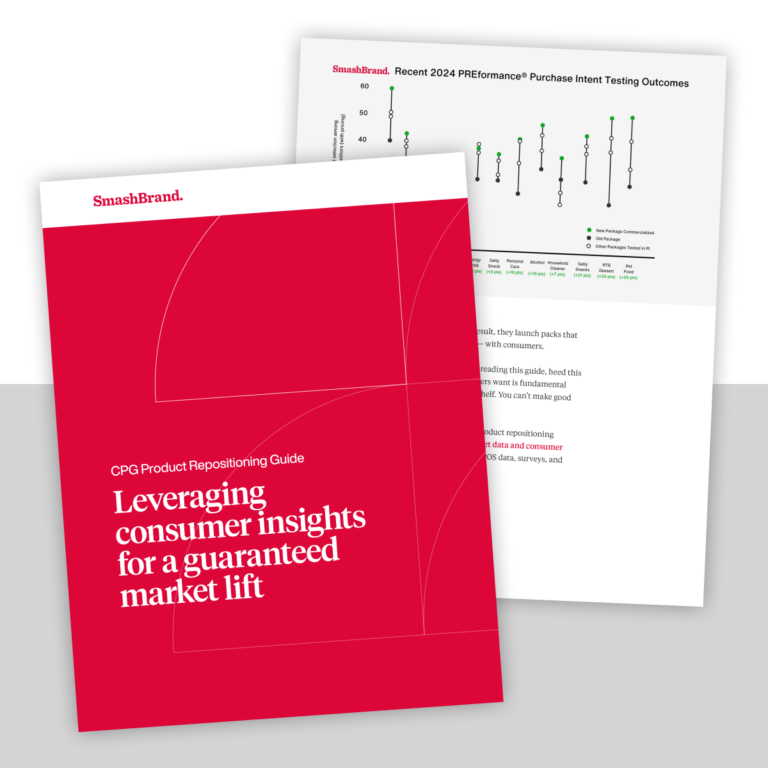The world is your oyster when it comes to beverage containers. Your idea of packaging a 20-year-old estate Pinot Noir in individual juice boxes may be misguided, but those suckers will stand out on the shelf.
We’re only kidding. There’s no point in arbitrarily designing freakish packages that will only confuse and even offend the public; you want your product to earn some level of respect, not merely be the Miley Cyrus of wine. So, what can you do to enhance the prestige of your beverage while making it interesting and accessible? Read on; we’re here to help.
I Spy the Competition
What is the consensus regarding beverage container shapes and labeling design? Very likely, there will be numerous marked similarities due to the fact that the consumer has come to expect a certain shape and aesthetic. Additionally, other brands will have to take numerous other practical considerations into account (the manufacturing costs; the package material requirements; the target customer), which will likely be the same for the entire pool of competitors. How can you set yourself apart while working within a rather tight set of parameters?
Sometimes small differences can make a huge impact. Take, for example, the Formula Water line of functional sports drinks that we designed. The bottles themselves are similar to other sports drinks — they have a tapered surface for easy gripping; the containers are clear so that the potential buyer can see the almost supernatural color of the beverage itself – but the labels are placed higher up on the bottles than their competitors’. On the surface, this may seem like a minor variation, but when viewed alongside similar products, the Formula Water bottles are very distinct.
Mmmm, Tasty …
A consumer should simply feel as though he or she knows what the beverage tastes like by looking at the bottle. That was one of the most important aspects we wanted to convey when designing the Formula Water packaging. While you don’t exactly need to try to work every nuanced flavor profile into the design to effectively convey the sensation of consuming the product, you should be able to illustrate what the product manufacturer wants the consumer to feel as he or she is drinking the beverage.
For example, if the flavor is meant to be crisp and refreshing, perhaps the bottle should be clear and smooth, so that the buyer can anticipate the feeling of drinking something cool and clean. If the flavor is meant to be creamy and comforting, choose an opaque bottle that might remind the potential buyer of a milk carton or ice cream package.
Raise the Bottle
You know how in elementary school group photos your eye is automatically drawn to the awkward tall kid? You can still use size without making your container awkward to draw the customer’s eye to your product.
Bottle height can really elevate your beverage profile. Consider making your bottle slightly taller than the competition without making it so tall it can’t fit on a standard store shelf. Looza, the brand of fruit beverage cocktails, uses sleek, tall bottles that are immediately identifiable on the store shelf. In fact, a cursory scan of a beverage shelf will instantly tell you whether or not the store even carries the product.
Don’t Neglect the Label
Even though the beverage container’s shape and size are often the design team’s main concern (we tend to believe that designing a unique and glamorous bottle is the shortest road to glory), the label can make your bottle stand out pretty darned effectively.
When we designed the Formula Water packaging we used label flavor and label placement to set its brand apart from the competition. The choice of color or whether to use color at all can also make your label and your brand, by extension, pop. Don’t even get us started on fonts. So, raise your label; lower your label; place your label on a diagonal. Use electric colors; subdued colors or simply black and white. The choice is yours, just as long as the relevant information is clear and legible, and you don’t accidentally assume a hipness you don’t actually possess.
Data-Driven Brand Development
Want a best-selling brand? SmashBrand is a brand development company for FMCG and CPG brands. From brand strategy to packaging design testing, our Path To Performance™ process guarantees a retail performance lift. Book a time to discuss your project with our team.
Subscribe to
Nice Package.
A monthly newsletter that unpacks a critical topic in the FMCG & CPG industry.
Free Resource.

CPG product repositioning guide.
Explore the five undeniable signs your CPG product needs repositioning along with strategies for leveraging consumer insights for a guaranteed market lift.
Learn More About CPG product repositioning guide.